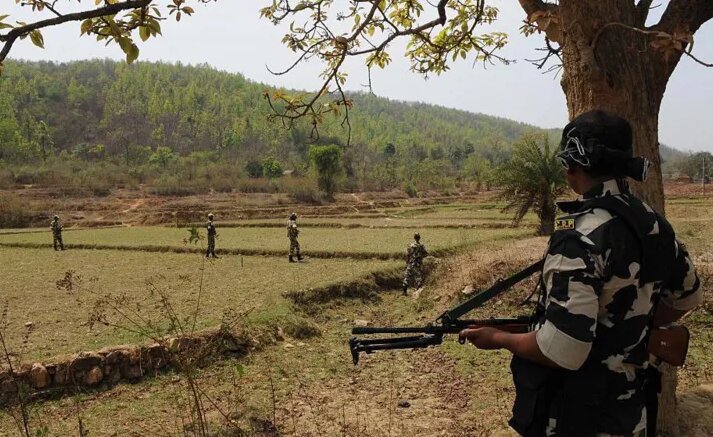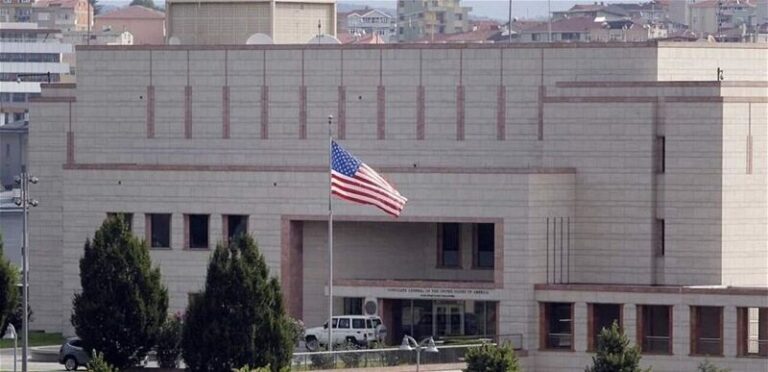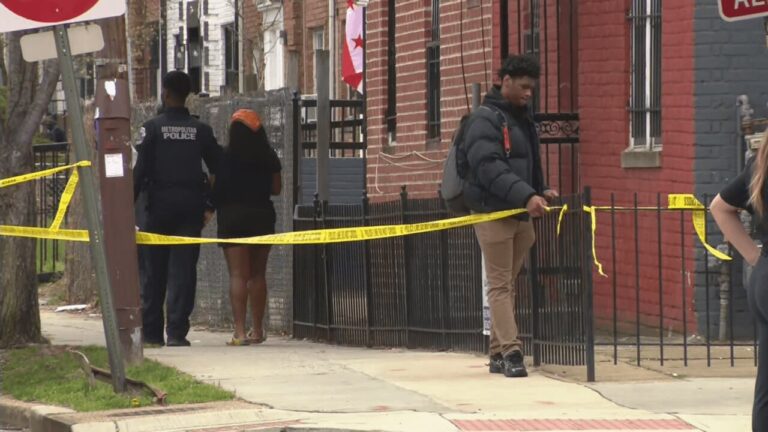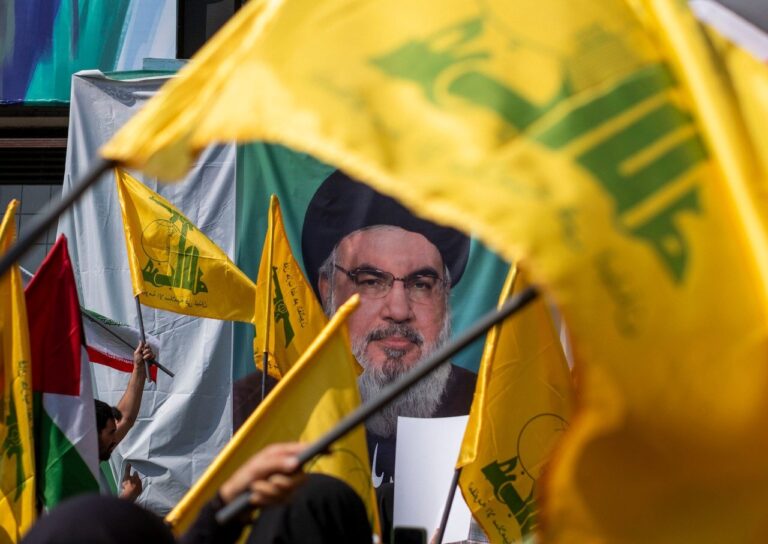Deadly Gunfight in India: 31 Maoists and 2 Soldiers Killed in Fierce Clash
In recent developments in the ongoing conflict involving rebels and security forces, a significant number of casualties have been reported. This decades-long insurgency, which has claimed over 10,000 lives, is driven by rebels who assert they are advocating for the rights of marginalized Indigenous communities. The South China Morning Post provides insights into this tragic situation.
According to senior police officer Sundarraj P., “31 rebels and two security personnel are dead and two other security personnel are injured.” This alarming statistic highlights the intense nature of the conflict and raises concerns about the ongoing violence in the region.
As investigations continue, the authorities have noted that the casualty figures may rise. The police are actively conducting search operations in the affected area, indicating that the situation remains fluid and dangerous. Sundarraj P. further stated, “Additional forces have been rushed to the encounter site,” emphasizing the urgency of the response to the conflict.
In a recent statement, police officials revealed that they have recovered a number of automatic weapons and grenade launchers from the conflict zone. This discovery underscores the severity of the insurgency and the level of armament involved. The presence of such weapons not only poses a significant threat to law enforcement but also highlights the larger implications for civilian safety.
Key Points about the Insurgency and Recent Events
- Death Toll: Over 10,000 individuals have lost their lives due to the insurgency.
- Casualties in Recent Clashes: 31 rebels and 2 security personnel have been confirmed dead, with additional injuries reported.
- Search Operations: Ongoing police operations aim to locate remaining insurgents and ensure the safety of the area.
- Weapons Recovered: Authorities have seized automatic weapons and grenade launchers, highlighting the dangerous nature of the insurgency.
- Response from Security Forces: Additional forces have been deployed to manage the situation and pursue insurgents actively.
The conflict is deeply rooted in issues surrounding the rights of Indigenous populations, with rebels claiming to represent these marginalized groups. The struggle for autonomy and recognition has fueled the insurgency, leading to a prolonged cycle of violence and retaliation between the rebels and government forces. As the conflict continues, it remains crucial to understand the underlying factors that contribute to this unrest.
The implications of this violence extend beyond the immediate casualty figures. Communities in conflict zones often face significant disruptions to their daily lives, with access to basic services and security compromised. The ongoing violence can lead to displacement, economic hardship, and a breakdown of social structures, making it essential for local and international stakeholders to engage in dialogue and seek peaceful resolutions.
Challenges Faced by Authorities
Law enforcement agencies face significant challenges in addressing the insurgency:
- Resource Allocation: The need for additional resources and manpower to effectively combat well-armed insurgents.
- Community Relations: Building trust and cooperation with local communities that may sympathize with the rebels.
- Intelligence Gathering: The importance of accurate intelligence to anticipate insurgent movements and strategies.
- Humanitarian Concerns: Addressing the needs of civilians caught in the crossfire and ensuring their safety.
As the situation develops, it is critical for all parties involved to prioritize peace and security. Initiatives that focus on addressing the root causes of the insurgency, such as poverty, lack of education, and social disenfranchisement, may help pave the way for long-term solutions. Engaging in constructive dialogue with Indigenous leaders and community members could also facilitate understanding and cooperation, potentially reducing tensions.
In conclusion, the conflict involving the rebels and security personnel continues to evolve, with tragic consequences for many. The ongoing insurgency highlights the need for comprehensive strategies that address both the immediate security concerns and the broader social issues at play. As authorities work to stabilize the region, fostering dialogue and understanding remains essential in the pursuit of lasting peace.






